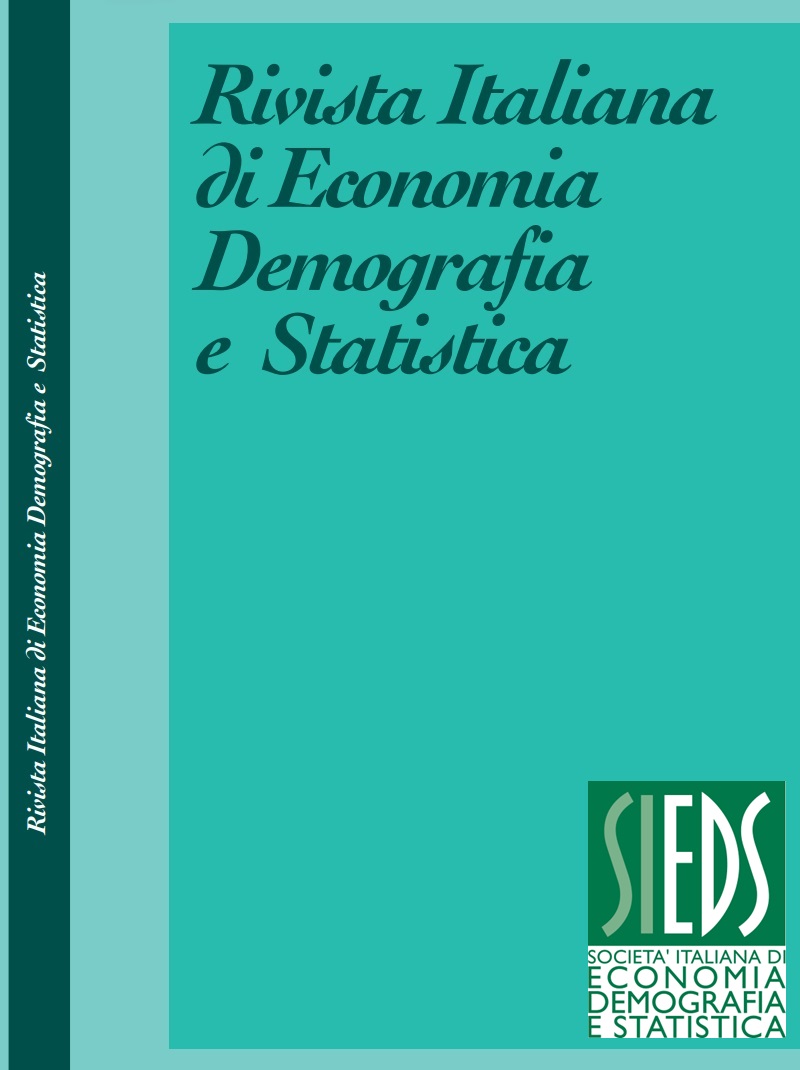iFeel A tool for studying the effect of the pandemic and the lockdown on socio-economic behaviours
Abstract
In the early months of 2020, Italy had to face the spread of Covid-19, by intensifying the preventive public health and social distancing measures initially in some restricted areas, and gradually extended to the entire territory, up to the lockdown on 11 March 2020. The pandemic and the lockdown have changed people's lives with important economic, social and health implications. In this paper we present the experience of a pilot study that aimed at measuring the impact of the pandemic and the lockdown on the socio-economic behaviour of the Italian population in the short and medium term, by conducting a survey with a smartphone APP. The research design is proposed as a framework to collect longitudinal data, in order to measure the impact of an event as a change over time in the behavioural profile of individuals in everyday life. The survey has detected some socio demographic variables related to the pre and post lockdown. At each measurement, both the current attitude/behaviour and the expected one in the short (two-month window) and long term (two-year window), have been detected. The survey is composed of two questionnaires: the first must be filled in just the first time, and the second questionnaire is proposed each time the respondent decides to participate. In November 2021 a first extraction from the data set counts 330 responses, corresponding to 189 individuals. In this paper we present some analyses od these data, with only illustrative purposes of the potentiality of the framework proposed. The potentiality of the tool is supported by the results of some analyses: socio-demographic characteristics of people (working, being female, and having experienced the event on oneself) determine the magnitude of the impact on loneliness; over time, the negative impact of the lockdown on the expectations tends to reduce, confirming the hypothesis of adaptation to critical circumstances; optimism about the future demonstrates the desire for resilience in the face of an event, albeit dramatic. Although potentially very informative, the tool proposed has critical limitations: first, the survey does not follow a sampling design, and second, respondents are free to respond or not, in the following times.
Downloads
Published
Issue
Section
License
Copyright (c) 2022 Stefania M.L. Rimoldi, Antonella Zambon, Dario Pescini, Alessandro Avellone

This work is licensed under a Creative Commons Attribution 4.0 International License.



